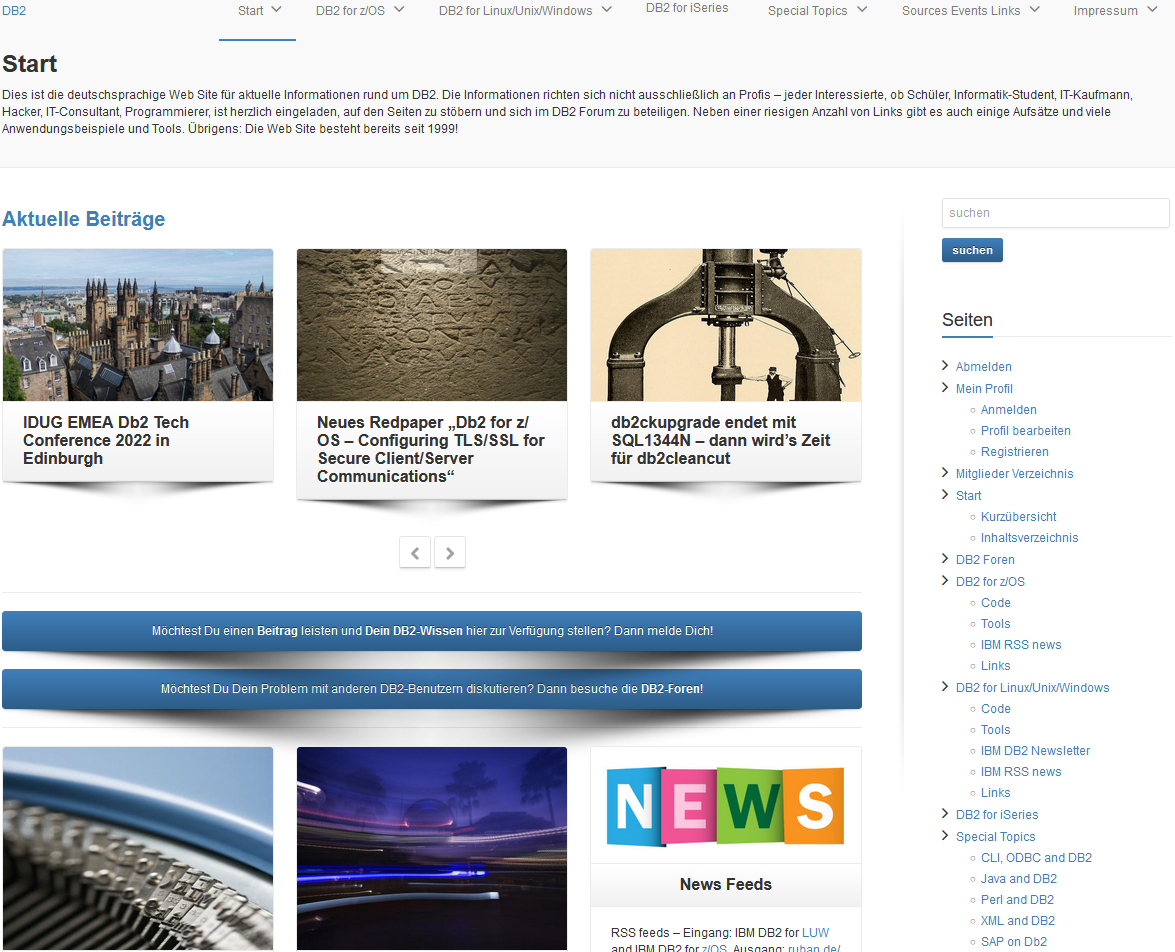The PDF document „All about DB2 z/OS Traces“ provides a comprehensive guide to understanding and utilizing the tracing facilities available in IBM’s DB2 for z/OS. These facilities are instrumental in generating trace records, known as Instrumentation Facility Component Identifiers (IFCIDs), which describe internal events within DB2 at various levels of granularity. This document, authored by Gernot Ruban in spring 2014, not only serves as a practical guide for DB2 administrators and developers but also offers insights into optimizing DB2 performance and troubleshooting.
Introduction to DB2 z/OS Traces
DB2 for z/OS offers extensive tracing capabilities that produce IFCIDs, aiding in the analysis and planning processes. These traces capture significant internal events and are controlled using the DB2 START TRACE command. Traces can be directed to various destinations like SMF, GTF, or OP buffer, and are processed by vendor report packages or locally developed programs.
Types of DB2 Traces
The document outlines six primary types of DB2 traces, each serving different purposes:
- Statistic Traces focus on evaluating system performance.
- Accounting Traces tie resource consumption to specific consumers or threads.
- Audit Traces ensure data access is authorized and track security-related events.
- Performance Traces offer insights for tuning DB2 programs and resources.
- Monitor Traces support online monitoring with custom programs.
- Global Traces are used by IBM for debugging and are detailed in the DB2 Diagnostics Guide.
Trace Overhead and Management
A significant portion of the document is dedicated to understanding trace overhead and providing strategies to minimize it. The overhead can range from negligible to substantial, depending on the trace type and configuration. To manage traces effectively, the document offers guidance on starting, stopping, modifying, displaying traces, and using DB2 utilities for selective dumps and diagnoses. It emphasizes careful selection of trace classes and efficient use of resources to mitigate performance impacts.
Trace Record Destinations and Formats
The document delves into trace record destinations, including SMF, GTF, OP buffers, and the specifics of how trace records are formatted and processed. This includes the structure of trace records, consisting of a writer header section, a self-defining section, a product section, and one or more data sections. The detailed exploration of destinations and formats underscores the flexibility and depth of DB2’s tracing capabilities.
Changes in DB2 Versions
Updates and changes in tracing capabilities with different DB2 versions are thoroughly discussed, highlighting new IFCIDs, altered trace records, and adjustments to default settings that have evolved over time. These changes reflect IBM’s ongoing efforts to enhance performance monitoring and diagnostic capabilities in DB2 for z/OS.
Tools and Utilities for Trace Data Processing
The document also reviews tools and utilities for processing DB2 trace data, such as DSN1SDMP for selective dumps, DSN1SMFP for printing SMF records, and DSNTSMFD for SMF decompression. These utilities facilitate the detailed analysis of trace data, enabling DB2 administrators to glean insights into system performance and operational issues.
Authorization and Security
Lastly, it addresses authorization requirements for executing DB2 TRACE commands and accessing trace data. The document specifies the necessary privileges for starting, stopping, and modifying traces, ensuring that only authorized users can manipulate trace settings and access sensitive information.
Conclusion
This detailed guide to DB2 z/OS Traces is an invaluable resource for understanding and leveraging DB2’s tracing facilities. By providing a deep dive into the types of traces, management strategies, trace destinations, and the associated overhead, it equips DB2 administrators and developers with the knowledge needed to optimize DB2 performance, conduct thorough analyses, and troubleshoot issues effectively.





